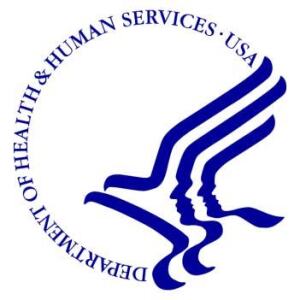by
Kristen Fischer, DOTmed News | April 23, 2012
The Department of Health and Human Services is hoping to reduce preventable complications that often arise while patients are in hospitals and other medical facilities. Health care-associated infections affect about one in every 20 patients and cost billions of dollars each year.
HHS recently released its National Action Plan, and is seeking comments on it. Since it introduced its previous plan in 2009, health care-associated infections have decreased. A Centers for Disease Control and Prevention report identified medical procedures that required more infection prevention efforts, which helped to ramp up preventive measures.
According to the HHS plan, central line-associated bloodstream infections have declined by 33 percent, surgical site infections have gone down 10 percent and catheter-associated urinary tract infections are down seven percent. Additionally, methicillin-resistant Staphylococcus aureus, or MRSA, infections have declined by 18 percent, and the use of measures known to prevent SSIs is up.




Ad Statistics
Times Displayed: 19090
Times Visited: 362 Stay up to date with the latest training to fix, troubleshoot, and maintain your critical care devices. GE HealthCare offers multiple training formats to empower teams and expand knowledge, saving you time and money
"Already we are saving lives and reducing unnecessary health care expenditures. Through dedicated and conscientious partnerships, we are well-positioned to make hospitals safer and extend the same gains to all places of care," said Dr. Howard Koh, assistant secretary for health.
Additional goals of the action plan include a 50 percent reduction in bloodstream infections, complete adherence to central line insertion practices, a 30 percent reduction in Clostridium difficile infections, a 30 percent reduction in Clostridium difficile hospitalizations, and a 25 percent decrease in urinary tract infections. The plan also aims to reduce MRSA invasive infections by 50 percent, lower MRSA bacteremia by 25 percent, reduce surgical site infections by 25 percent, and promote 95 percent adherence to surgical SCIP measures.
The plan includes three phases: combating HAIs in hospitals; reducing HAIs in ambulatory surgical settings, end-stage renal disease facilities and during flu vaccines; and finally in long-term care facilities.
This week, an announcement will go out in the Federal Register seeking public comments on the plan.

